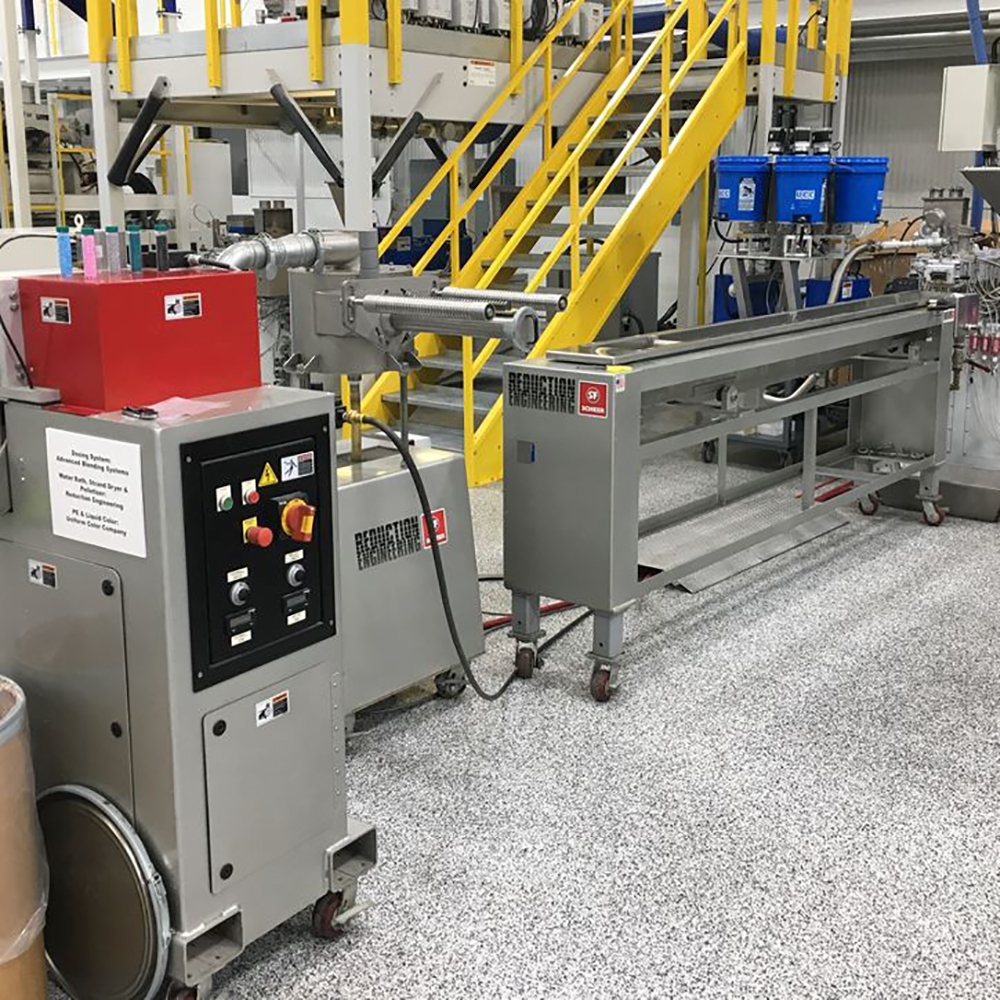
Жетілдірілген қауіпсіздікке арналған Masterbatch: Өндіріс процесінде сізді және сіздің өнімдеріңізді қорғау
Пластмассадан жасалған бұйымдарды өндіру саласында қауіпсіздік басты мәселе болып табылады. Біркелкі түс пен қасиеттерге қол жеткізудегі рөлінен басқа, мастер-бет сіздің қауіпсіздігіңізді де, сіз жасаған өнімдердің қауіпсіздігін де қамтамасыз етудің маңызды элементі болып табылады.



